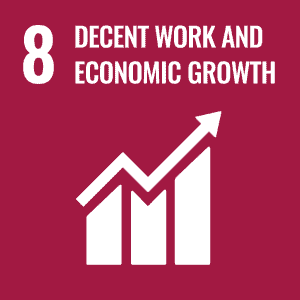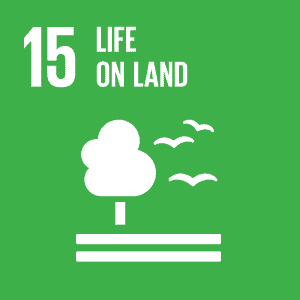Project Profile
Project Location
Skagit County, WashingtonProject Operator
Skagit Conservation DistrictProject Type
PlantingProject Credits
PendingCredit Availability
PendingProject Contact
Emmett Wild, District Manager, emmett@skagitcd.orgThe Skagit Conservation District conducted two plantings on separate, non-contiguous sites. The Site 1 planting aims to restore about 13 acres of riparian vegetation along Friday Creek and a tributary to Friday Creek on a private property in Alger, Washington. Approximately 4,200 trees were planted. Main tree species include Sitka spruce, western redcedar, shore pine, cascara and red alder. The Site 2 planting aims to restore about 2.98 acres of riparian buffer along the Samish River in Sedro Woolley, WA. Approximately 2,400 seedlings were planted. The wetland area of the site was planted with hooker willow and red osier dogwood. The upland area was planted with a mix of conifer and hardwoods, consisting mostly of western redcedar, Sitka spruce, shore pine and cascara.
The Creek on the property, Friday Creek, has been impacted by elevated water temperatures and is listed on the Washington Department of Ecology’s 303d list of impaired waters. The planting project is part of an overall effort to restore riparian habitat along the Creek as it is important habitat for coho, chum, steelhead and cutthroat trout according to Washington State Department of Fish and Wildlife Priority Habitats and Species map. Additionally, the Samish River provides important habitat for chinook, coho, chum, steelhead and cutthroat trout according to Washington State Department of Fish and Wildlife Priority Habitats and Species map.
In addition to providing shade to Friday Creek and the Samish River thereby improving water quality, the plantings will improve biodiversity and benefit wildlife. These plantings will remove and store carbon dioxide as they grow and mature, helping to mitigate the negative impacts of climate change. Healthy plantings help to restore natural processes in the Samish River and Friday Creek, which may translate to better conditions for salmonids; this in turn helps to maintain tribal treaty rights and productive fisheries.
Co-Benefits
Trees planted as part of this project will provide ecosystem services, also known as co-benefits, when they reach 25 years old. The co-benefits represent a savings (avoided costs) of $16,750 per year when the trees reach age 25, and $435,499 over the next 25 to 50 years.
- Rain interception (stormwater management) – 2,202 m3/year, $16,170 per year
- Air quality – -0.2674 tons/year, $52 per year
- Energy use – cooling (electricity) – 7,218 kWh/year, $370 per year
- Energy use – heating (natural gas) – 13,906 kBtu/year, $158 per year
Social Impacts
The 17 United Nations Sustainable Development Goals (SDGs) are an urgent call for action and global partnership among all countries, representing key benchmarks for creating a better world and environment for everyone. Well-designed and managed urban forests make significant contributions to the environmental sustainability, economic viability and livability of cities. The main SDGs for this project are described below, with more detailed information in the Project Design Document.
 This project provides employment opportunity for local restoration businesses, which employ local people. This aspect of the project helps maintain viable environmental services organizations in the community.
This project provides employment opportunity for local restoration businesses, which employ local people. This aspect of the project helps maintain viable environmental services organizations in the community.
![]() Project sites are located adjacent to salmon-bearing streams. These plantings will, in time, help to shade waterways and compete with invasive weed species. They will also contribute insect food sources and woody debris to waterways in the future.
Project sites are located adjacent to salmon-bearing streams. These plantings will, in time, help to shade waterways and compete with invasive weed species. They will also contribute insect food sources and woody debris to waterways in the future.
 This project creates wildlife habitat for terrestrial animals, enhances the environment, and uses native species that are suited to the conditions on site to improve infiltration and reduce carbon dioxide in the atmosphere.
This project creates wildlife habitat for terrestrial animals, enhances the environment, and uses native species that are suited to the conditions on site to improve infiltration and reduce carbon dioxide in the atmosphere.
More information coming soon.
